Description
Retractors & Tongue Depressors – Essential Dental Instruments
Retractors and tongue depressors are fundamental tools in dentistry. They are primarily used to improve visibility and access during oral examinations, treatments, and surgical procedures. By keeping soft tissues and the tongue away from the treatment area, these instruments help dental professionals achieve precision, accuracy, and patient comfort.
Retractors in Dentistry
Retractors are specialized dental instruments designed to move soft tissues such as cheeks, lips, and tongue, creating unobstructed access to the oral cavity. They come in different shapes and sizes to meet various clinical requirements.
1. Cheek & Lip Retractors
-
Made from plastic or stainless steel
-
Feature a curved or V-shaped design for gentle retraction
-
Provide clear access to teeth and gums
-
Commonly used for:
-
Dental examinations
-
Teeth cleaning
-
Restorative and orthodontic procedures
-
2. Tongue Retractors
-
Designed to hold or move the tongue aside during procedures
-
Often feature a flat, spatula-like end for secure placement
-
Ideal for accessing posterior regions of the mouth
-
Used in:
-
Restorations
-
Extractions
-
Oral surgeries
-
Tongue Depressors
Also known as oral depressors or tongue blades, these are simple yet vital instruments in dentistry and general medicine:
-
Flat and thin, typically made of wood or medical-grade plastic
-
Used to depress the tongue during examinations for better visibility
-
Applications include:
-
Oral and throat inspections
-
Detecting infections or abnormalities
-
Applying topical medications
-
Collecting oral swabs and samples
-
Clinical Importance
-
Improves visibility and access to oral structures
-
Enhances diagnostic accuracy
-
Ensures safe and precise treatment delivery
-
Promotes patient comfort during procedures
Summary
Retractors and tongue depressors are indispensable in modern dental practice. Retractors gently move cheeks, lips, and tongue to clear the working field, while tongue depressors allow thorough inspection of the mouth and throat. Together, they support better visibility, improved accuracy, and successful treatment outcomes, making them essential instruments for dental professionals.

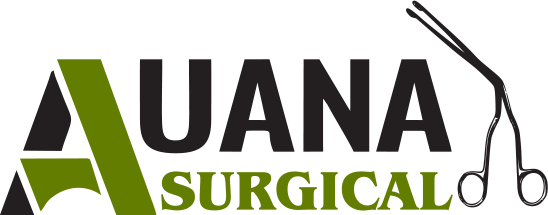
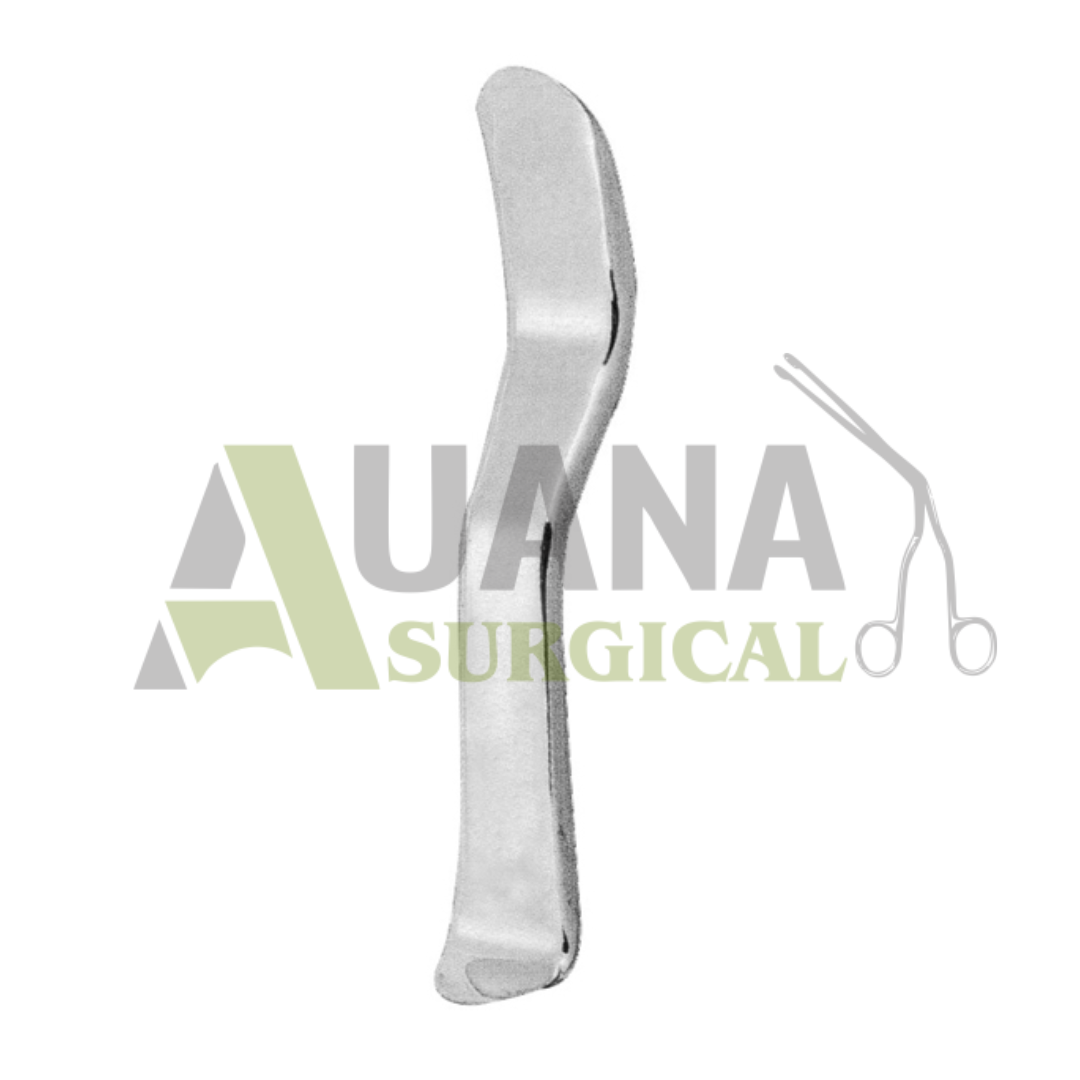
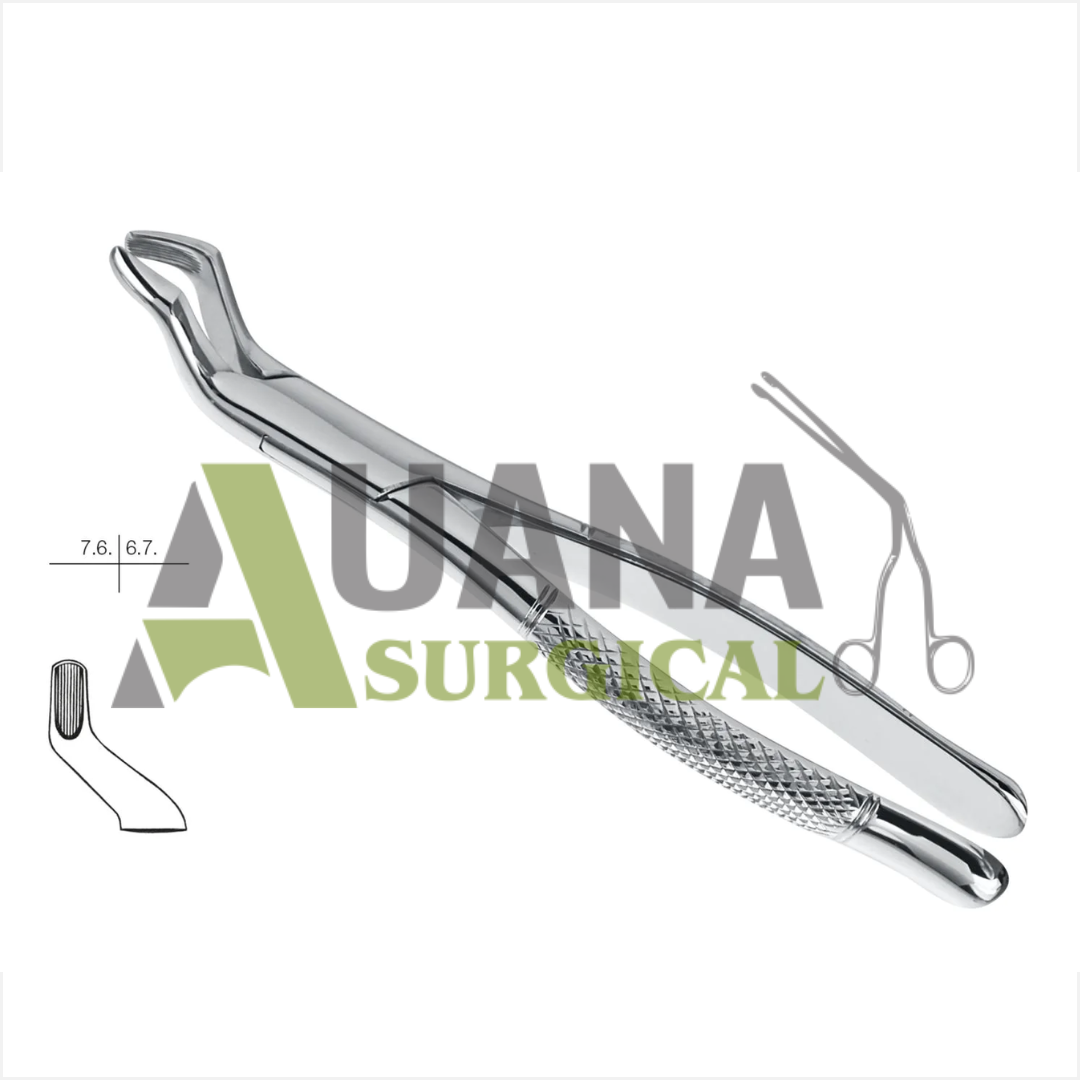
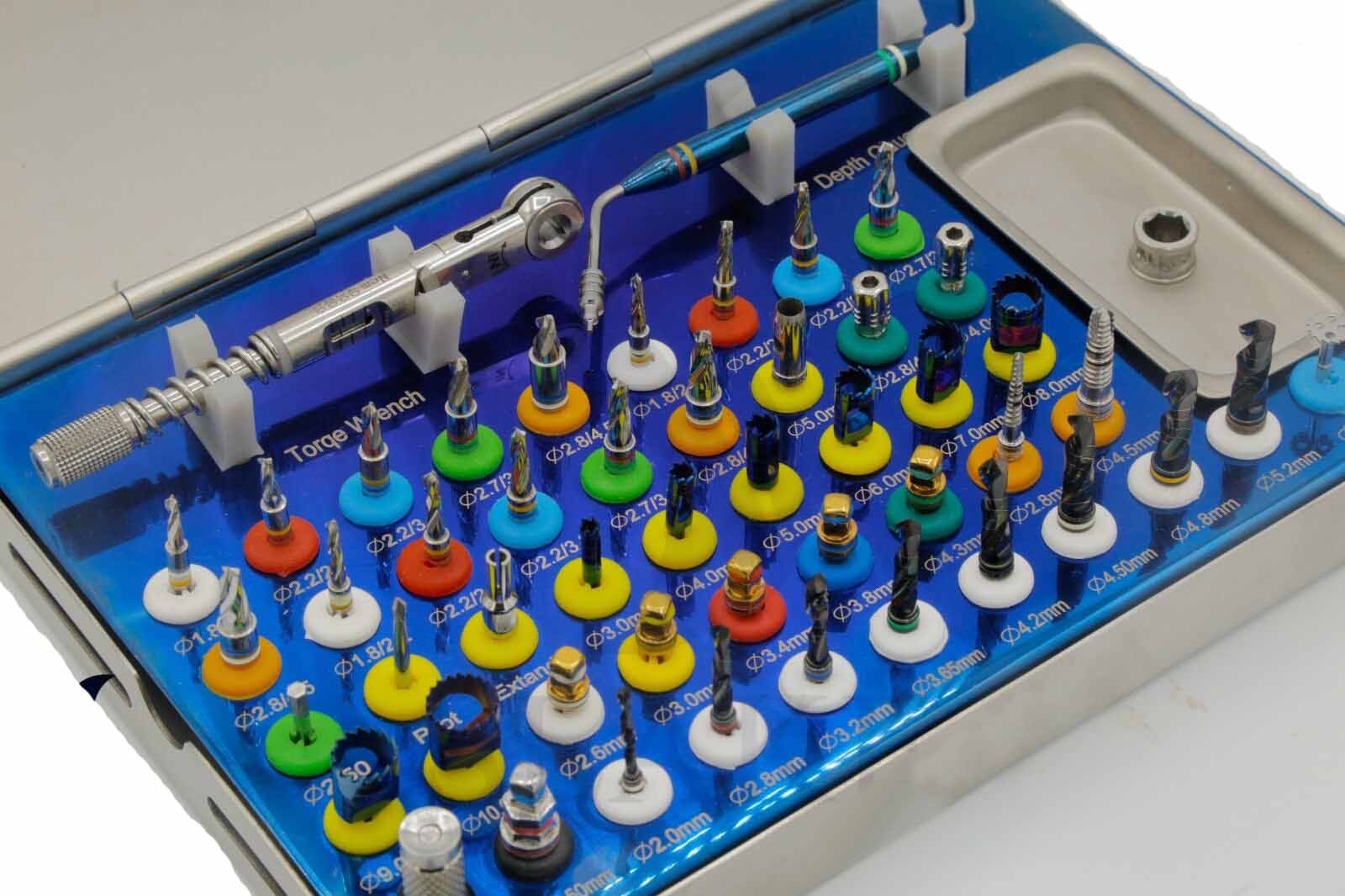

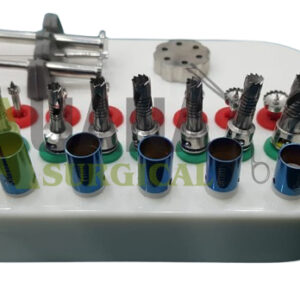
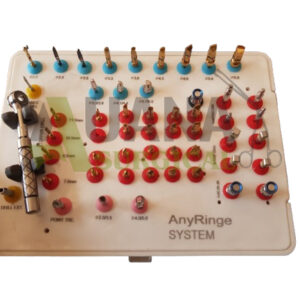
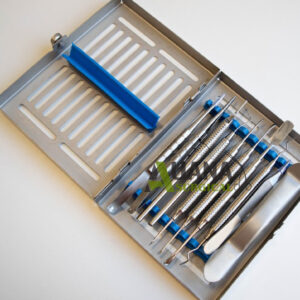
Reviews
There are no reviews yet.